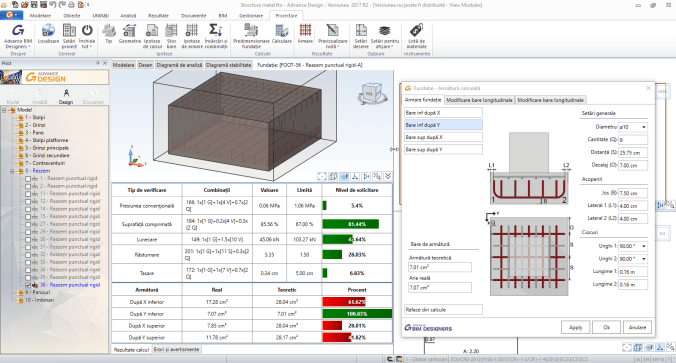 Structural engineers and structural technicians, get ready to harness the power of engineering BIM data and connected structural workflows to automate reinforced concrete design, calculation and detailing directly from Revit®. The next-generation BIM technology for reinforced concrete in Revit® has arrived, GRAITEC Reinforced Concrete BIM Designers. The question is are you ready? Here’s what you need to know…
Structural engineers and structural technicians, get ready to harness the power of engineering BIM data and connected structural workflows to automate reinforced concrete design, calculation and detailing directly from Revit®. The next-generation BIM technology for reinforced concrete in Revit® has arrived, GRAITEC Reinforced Concrete BIM Designers. The question is are you ready? Here’s what you need to know…
Old habits die hard
In an age where BIM is driving benefit-proven change across the industry, it is still surprising that the workflow between structural engineers and designers is mostly stop-start, with little or no connected workflow. There are always exceptions, but at best it seems there is an initial transfer of model geometry, and in some cases material property data, from one party (or product) to another. This appears to be used to get the project started and, more often than not, a one-off one-way process, ill repeated thereafter. It seems for reinforced concrete there is still a tendency to favor communication of design changes and sharing of project properties using digital 2D or printed documentation – arguably a liability constraint or necessary to avoid jeopardizing the integrity of the digital model. Continue reading →


 Structural engineers and structural technicians, get ready to harness the power of engineering BIM data and connected structural workflows to automate reinforced concrete design, calculation and detailing directly from Revit®. The next-generation BIM technology for reinforced concrete in Revit® has arrived, GRAITEC Reinforced Concrete BIM Designers. The question is are you ready? Here’s what you need to know…
Structural engineers and structural technicians, get ready to harness the power of engineering BIM data and connected structural workflows to automate reinforced concrete design, calculation and detailing directly from Revit®. The next-generation BIM technology for reinforced concrete in Revit® has arrived, GRAITEC Reinforced Concrete BIM Designers. The question is are you ready? Here’s what you need to know…